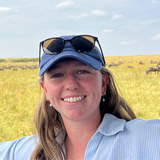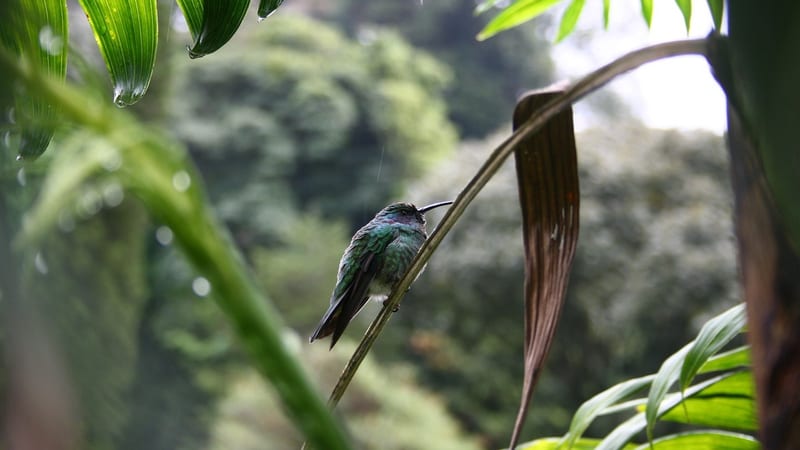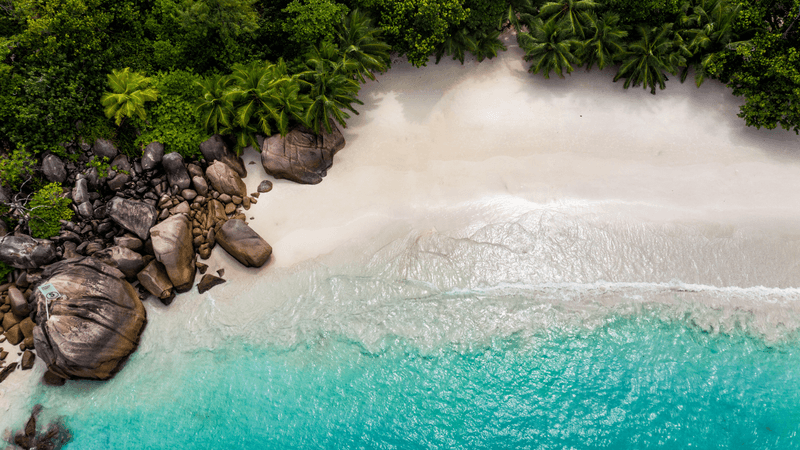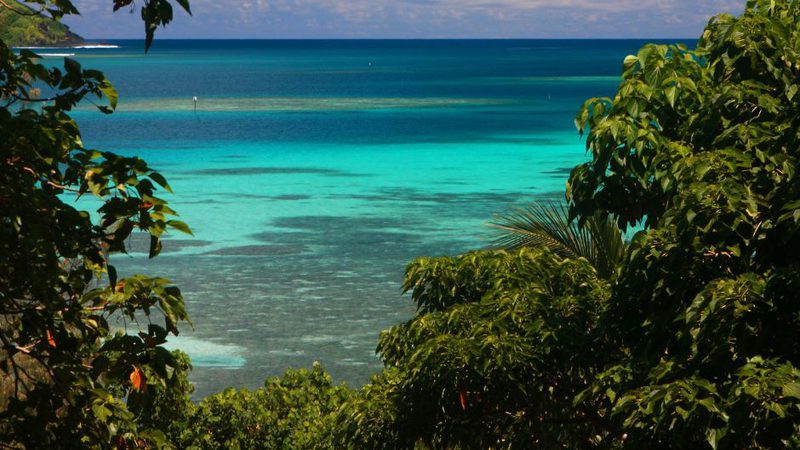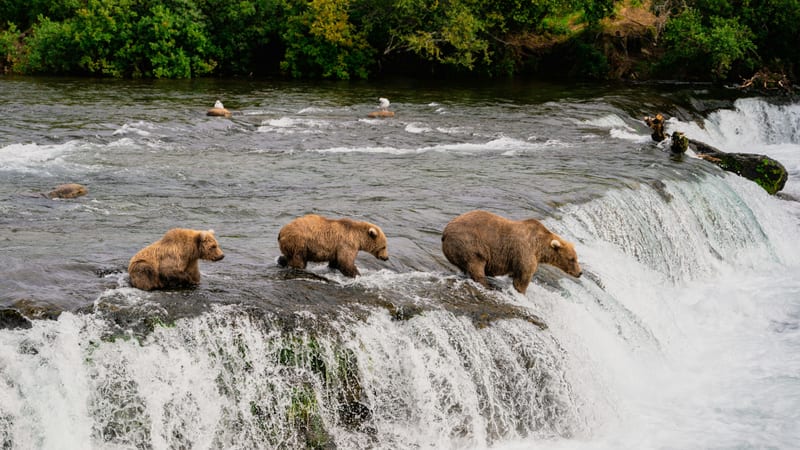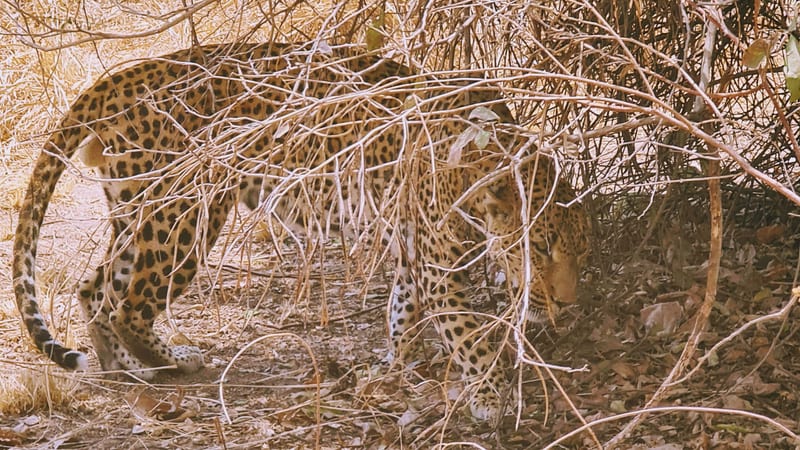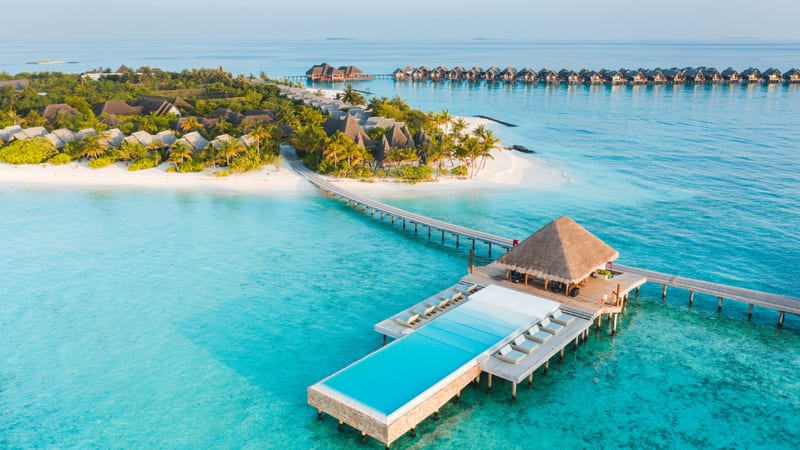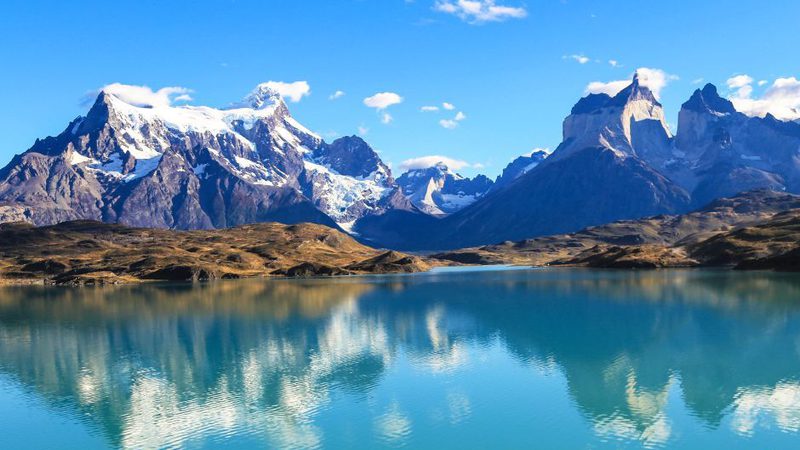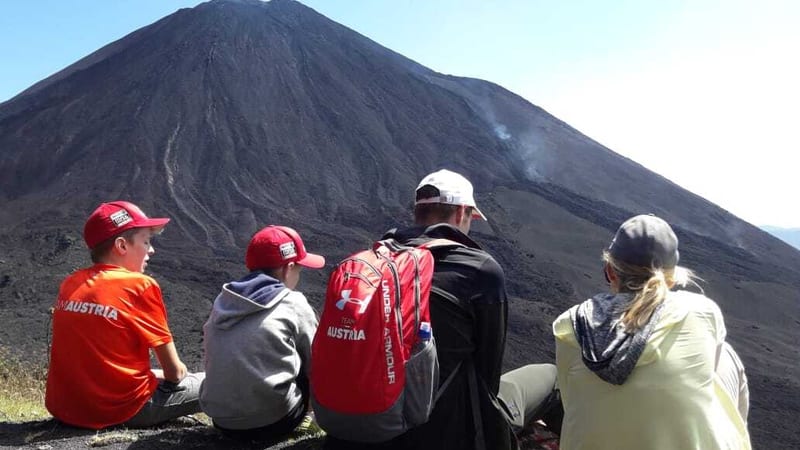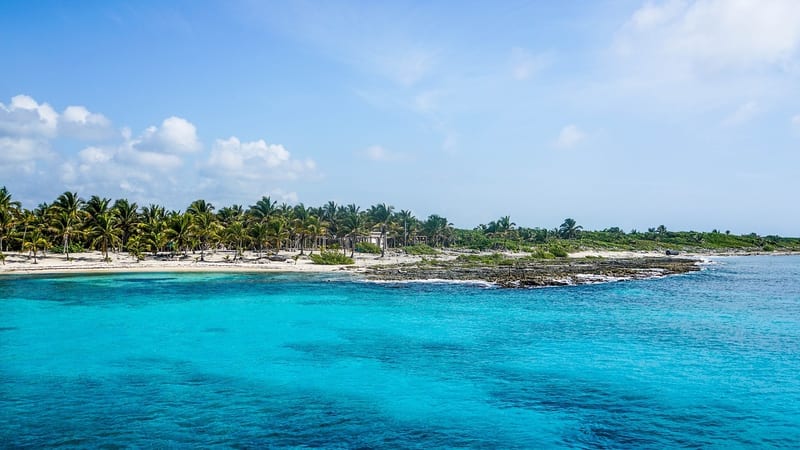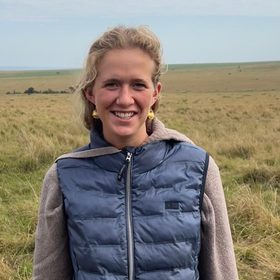Elsa’s Kopje is renowned for its links with George Adamson, and the tales of orphan lions in his novel ‘Born Free’
Location: Elsa’s Kopje sits high on Mughwango Hill in Meru National Park, a wild and often-overlooked corner of northern Kenya. It’s a breathtaking location, with sweeping views over the savannah and forest below, and an incredible sense of peace and space. The camp is built around the site where George Adamson raised and released orphaned lions - including the famous Elsa of Born Free - and it’s a place with a real sense of history and connection to conservation. Meru itself is diverse, dramatic, and uncrowded, with everything from riverine forests and kopjes to open plains and swamps, making for varied game viewing without the crowds of the better-known parks.
Rooms: The lodge has just a handful of individually designed cottages, built into the rocky hillside to maximise privacy and make the most of the views. Each open-fronted suite is a blend of stone, wood, and thatch, with wide verandas, enormous beds, and bathrooms carved around the natural rock. There’s also a honeymoon suite with an outdoor bath and panoramic outlook, and a two-bedroom private house ideal for families or small groups. The style is elegant but earthy, with a timeless feel - this is somewhere that doesn’t try too hard, but gets all the important details right. It’s romantic, atmospheric, and wonderfully remote.
Amenities: Elsa’s Kopje is understated and luxurious in equal measure. The main lodge has a beautiful infinity pool built into the rocks, a cosy open-air lounge, and a dining area that serves superb meals with ingredients sourced locally or from the kitchen garden. The team here are experienced, discreet, and genuinely welcoming - the kind of service that makes you feel completely at home. There’s a small massage room for post-safari relaxation, and Wi-Fi in the main area if you want it, though the views tend to steal the attention. Everything is open to the landscape, and it’s the kind of place where time slows down in the best possible way.
Activities: Meru is one of Kenya’s best-kept secrets when it comes to safaris, and staying at Elsa’s Kopje puts you right in the heart of it. Game drives explore a wide range of habitats - from doum palm forests and acacia woodland to open plains and rivers - with a chance to see elephants, lions, leopards, and large herds of buffalo, as well as rarer species like lesser kudu and caracal. The park is home to a substantial rhino sanctuary, so sightings of both black and white rhino are possible. Guided walks, cultural visits to nearby communities, and bush breakfasts or sundowners are all part of the experience. It's a safari that feels quietly adventurous and deeply connected to its surroundings.
Sustainability: Elsa’s Kopje is operated by Elewana and plays a vital role in supporting the continued success of Meru National Park. The lodge helps fund anti-poaching efforts, wildlife monitoring, and community initiatives through park fees and partnerships with conservation bodies. It’s built with natural materials and designed to blend seamlessly into the landscape, leaving as little impact as possible. Solar power is used throughout, and the team are committed to reducing waste and supporting local producers. Most importantly, by choosing to stay here, guests are helping to sustain one of Kenya’s most significant conservation stories - the transformation of Meru from a forgotten park to a thriving wildlife haven.
Best places to stay in Meru
Kenya Trip Inspiration
When to visit Kenya
Find out the best time to visit Kenya with our month by month guide.
- Best
- Good
- Mixed
- Jan
- Feb
- Mar
- Apr
- May
- Jun
- Jul
- Aug
- Sep
- Oct
- Nov
- Dec
January
January is a great time for wildlife viewing. The landscapes are lush and green after the 'short rains' and newborn animals can been seen. It is hot, but brief afternoon or evening showers cool things down, without compromising your safari. Over on the coast the sea is clear, making it ideal for diving and snorkelling, and the days are warm and bright.
February
February is an ideal time to visit Kenya, and great for game viewing. The landscapes are green and thriving thanks to the short rains, and newborn animals will be hopping around the plains. There maybe a few afternoon showers which are welcome in the heat, and don't impact on wildlife viewing. Water clarify is excellent at the moment, which is good news for watersports enthusiasts. And if you want to spot a whale shark, now is the time to try.
March
Still a good option for wildlife viewing and diving, although with the 'long rains' just around the corner, expect wetter and hotter weather.
April
April brings the start of the 'long rains' which means game reserves and national parks become muddy and harder to drive around. Over on the coast it's hot and wet, so it isn't the best time of year to travel. Some camps and lodges close during this period.
May
The 'long rains' continue into May, making park tracks difficult to navigate in the mud, and the coast very warm and wet. There will be less accommodation choice at this time as several lodges and camps during this period.
June
June is a beautiful time of year to visit Kenya, with the rains receding to just light showers, and the long dry season not far ahead. The high grasses can sometimes make it more of a challenge to spot game, but the landscapes are lush and some animals may begin arriving early for the migration. At altitude nights can be cool, but elsewhere the temperature is pleasant.
July
July marks the beginning of the great migration into the Masai Mara, and with warm and generally dry weather, this is a great time of year to visit. Days are sunny, skies are blue and there isn't too much dust around, so it's a great time for photography.
August
The migration is now in full swing in the Masai Mara, with lots of river crossing action, so if you want to see those massive herds of wildebeest and zebra, now is the time to come. Game viewing in general is excellent and it's one of the most popular times of year to visit, so some of the main parks do become crowded. Temperatures are warm and dry.
September
Game viewing continues to be excellent, and the weather is generally dry so this is another ideal month to visit Kenya's parks. The bush is less dense and as animals gather around waterholes and rivers it makes wildlife spotting much easier.
October
October is a great time if you want to avoid the crowds and don't mind the temperature slowly starting to rise. There may be a few short showers, but game viewing remains excellent with the end of the migration, and it's a good time to holiday anywhere in Kenya.
November
November heralds the start of the 'short rains' and with hotter temperatures some camps are closed. The Mara however is still open, and despite sometimes stormy skies, game viewing is still good. Fewer crowds and lower prices make this an attractive month to visit. Over on the coast water clarify is good for snorkelling and diving.
December
The 'short rains' are bringing the landscapes back to life, and as the plains start to become green again, wildlife viewing remains good, and it's a great time for birding. Some camps are closed (mainly in the north of Kenya) but many others remain open. The showers tend to fall in the afternoons and don't impact greatly on a safari. Take advantage of reduced visitor numbers and lower prices.
Speak to a Kenya expert today
and start planning your tailor-made holiday

Alistair

Ottilie
